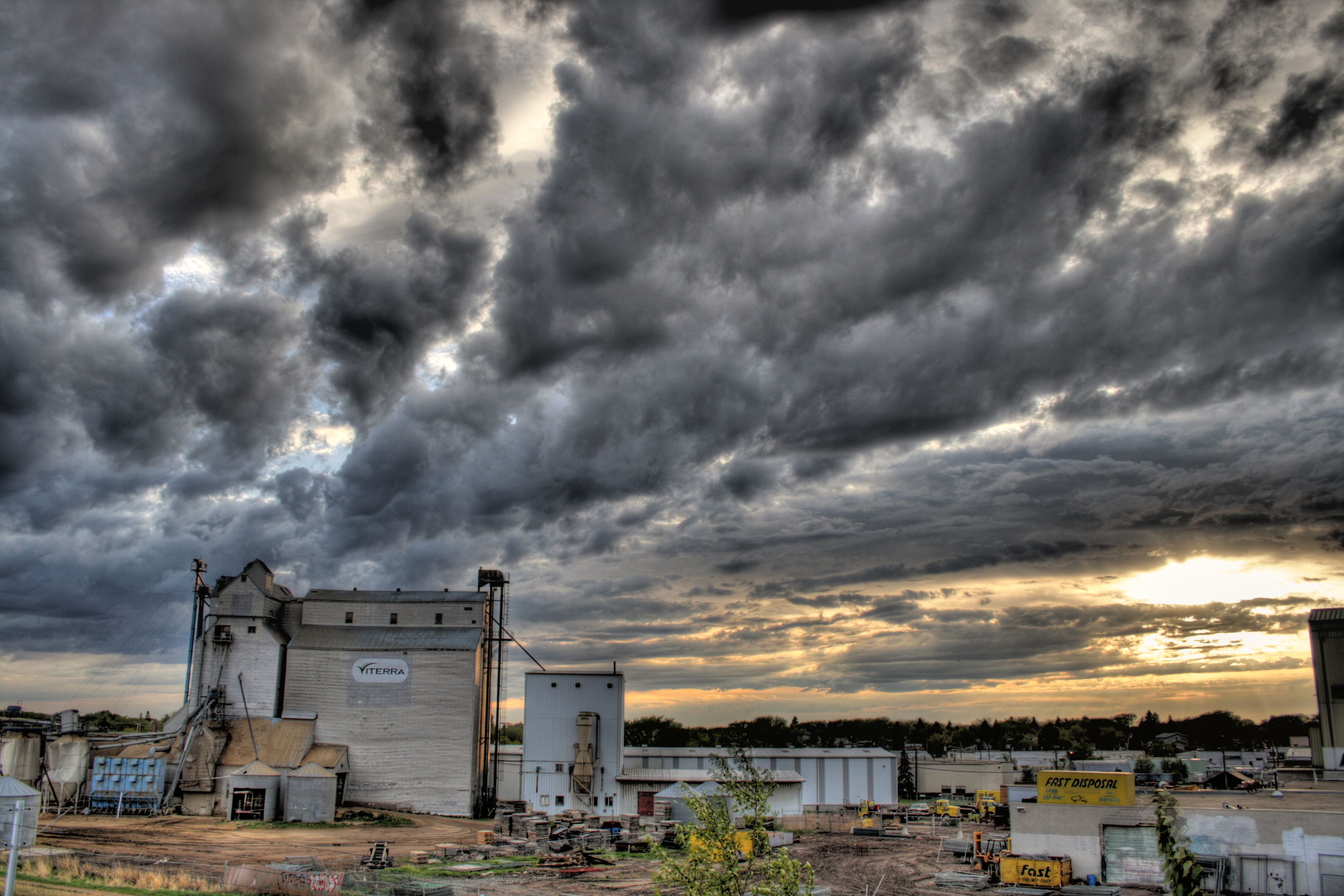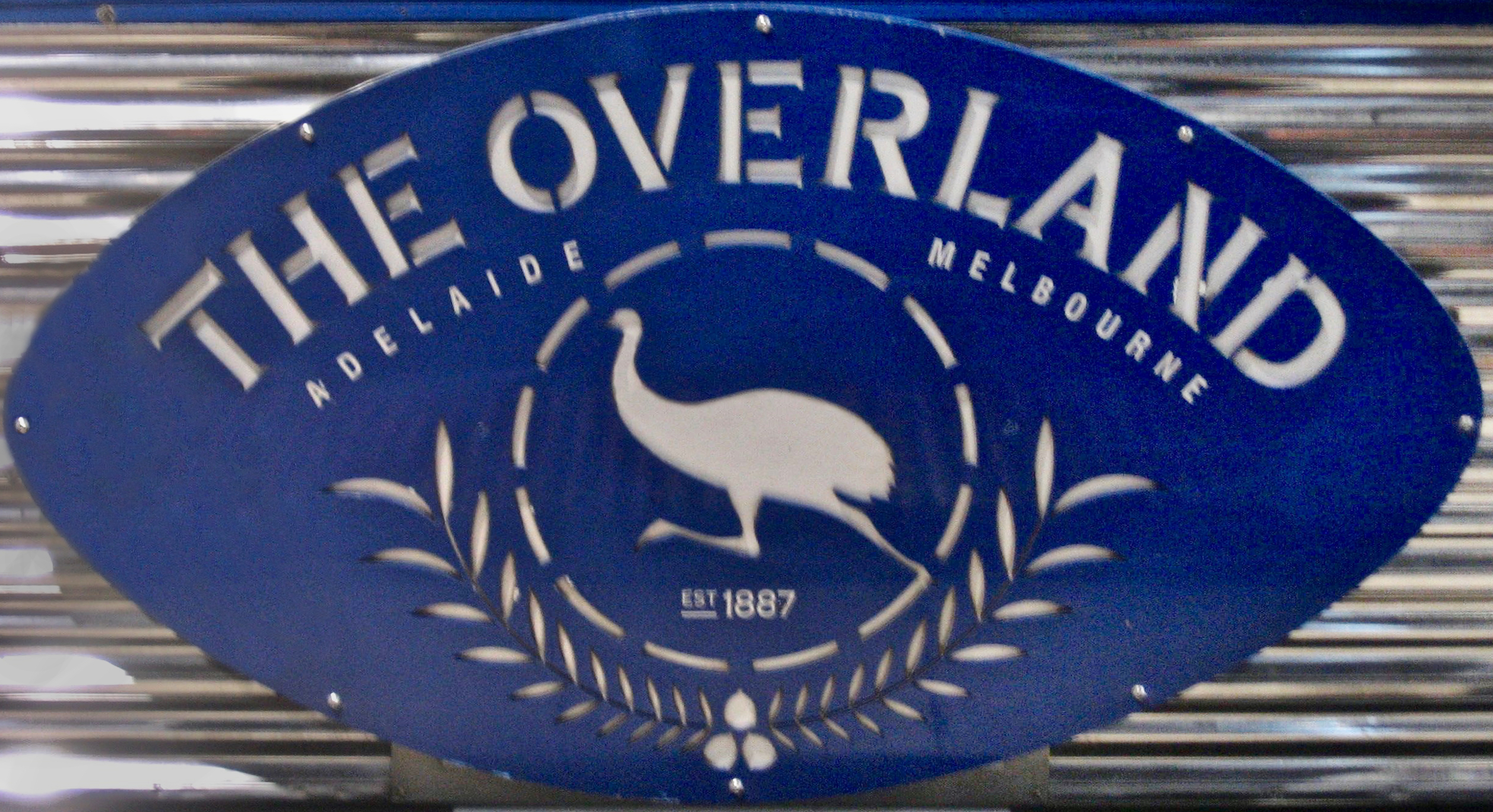|
Tailem Bend Railway Station
Tailem Bend railway station is located on the Adelaide-Wolseley line in Tailem Bend, South Australia. It is also the junction point for the Loxton and Pinnaroo lines. History Tailem Bend station opened on 1 May 1886 as a station on the Nairne- Bordertown extension of what became the Adelaide-Wolseley line. It became a junction station with the Pinnaroo line constructed in 1906 and the Brown's Well line in 1913. The Brown's Well line was eventually extended to Barmera in 1928, and had several branches with trains that operated back to Tailem Bend. Trains on the Peebinga, Loxton, Moorook and Waikerie lines all passed through Tailem Bend. All were built as broad gauge lines. The current station was opened on 7 October 1913. On 27 June 1926, locomotive servicing facilities were opened including a roundhouse. In 1995, as part of the One Nation program the Adelaide-Wolseley line was converted to standard gauge, and Tailem Bend became a break of gauge station until 1998, wh ... [...More Info...] [...Related Items...] OR: [Wikipedia] [Google] [Baidu] |
Tailem Bend
Tailem Bend (locally, "Tailem") is a rural town in South Australia, south-east of the state capital of Adelaide. It is located on the lower reaches of the River Murray, near where the river flows into Lake Alexandrina. It is linear in layout since it is constrained by river cliffs on its western side and the Adelaide–Melbourne railway line is dominant on its eastern side. The town grew and consolidated through being a large railway centre between the 1890s and 1990s; now it continues to service regional rural communities. In the , Tailem Bend and the surrounding area had a population of 1,705. History Prior to European settlement the area was inhabited for millennia by the indigenous Ngarrindjeri people, who made bark and reed canoes and lived on fish and animals dependent on the River Murray. Once written as "Tail'em Bend", the town's name is the Ngarrindjeri word "thelim", meaning "bend", referring to the sharp bend that the river makes in this location. An alternative e ... [...More Info...] [...Related Items...] OR: [Wikipedia] [Google] [Baidu] |
Peebinga Railway Line
The Peebinga railway line was a railway line on the South Australian Railways network. It opened on 28 December 1914 from a junction with the Barmera line at Karoonda and ran generally eastward through the Murray Mallee terminating at Peebinga, two kilometres from the Victorian state border. It closed on 7 December 1990. Route The railway ran easterly from Karoonda then north-easterly, serving to open up for agriculture the lands between the Pinnaroo line which had opened in 1906 and the Barmera line which was still under construction when approval was granted for the Peebinga line. The Peebinga line was long and construction estimated to cost £207,000 plus £56,690 for rolling stock. The net operating loss was forecast as £11,804 per annum however this was considered acceptable for making agriculture possible on of previously undeveloped land. Towns were established along the route with railway stations and schools however none of these have survived as towns. * Nunk ... [...More Info...] [...Related Items...] OR: [Wikipedia] [Google] [Baidu] |
Railway Stations In Australia Opened In 1913
Rail transport (also known as train transport) is a means of transport that transfers passengers and goods on wheeled vehicles running on rails, which are incorporated in tracks. In contrast to road transport, where the vehicles run on a prepared flat surface, rail vehicles (rolling stock) are directionally guided by the tracks on which they run. Tracks usually consist of steel rails, installed on sleepers (ties) set in ballast, on which the rolling stock, usually fitted with metal wheels, moves. Other variations are also possible, such as "slab track", in which the rails are fastened to a concrete foundation resting on a prepared subsurface. Rolling stock in a rail transport system generally encounters lower frictional resistance than rubber-tyred road vehicles, so passenger and freight cars (carriages and wagons) can be coupled into longer trains. The operation is carried out by a railway company, providing transport between train stations or freight customer faciliti ... [...More Info...] [...Related Items...] OR: [Wikipedia] [Google] [Baidu] |
Viterra
Viterra began as a Canadian grain handling business, the nation's largest grain handler, with its historic formative roots in prairie grain-handling cooperatives, among them the iconic Saskatchewan Wheat Pool. Viterra Inc grew into a global agri-business with operations in Canada, the United States, Australia, New Zealand and China. Viterra operated three distinct, inter-related businesses: Grain Handling & Marketing, Agri-Products and Processing, enabling it to generate earnings at various points on the food production chain from field to the table. Following its $6.1-billion acquisition by Glencore International, on 1 January 2013 Viterra was merged with Glencore purchaser, 8115222 Canada Inc., headquartered in Rotterdam, the Netherlands. Viterra's grain handling and marketing operations were located primarily in two of the world's most fertile regions: Western Canada and South Australia. The company owns and operates grain terminals in Western Canada, along with 95% of the ... [...More Info...] [...Related Items...] OR: [Wikipedia] [Google] [Baidu] |
Railway Digest
''Railway Digest'' is a monthly magazine, published in Sydney, covering contemporary railways of Australia. Overview The magazine's publisher is the Australian Railway Historical Society (ARHS), NSW Division. The first issue was published in March 1963 under the name ''New South Wales Digest'' and regular publication commenced with the May 1963 edition. It was renamed in January 1983. In January 1985 it changed paper size from SRA5 to A4. Originally an enthusiast magazine mainly focusing on reporting day-to-day workings of the New South Wales Government Railways and it successors, it was produced by volunteers using a hand-operated duplicator at the home of one of its members. In May 1993, a paid editor was appointed and the magazine's focus gradually shifted to reporting news from across Australia. It has evolved into a professional full-colour production directed at the wider community and commercially distributed to newsagents throughout Australia."Adapt or disappear - the ... [...More Info...] [...Related Items...] OR: [Wikipedia] [Google] [Baidu] |
The Overland
''The Overland'' is an Australian passenger train service between the state capitals of Melbourne and Adelaide, a distance of 828 km (515 mi). It first ran in 1887 as the ''Adelaide Express'', known by South Australians as the ''Melbourne Express''. It was given its current name in 1926. Now operated by private company Journey Beyond, the train undertakes two return trips a week.The Overland Great Southern Rail Originally an overnight train that stopped at large intermediate stations, it now operates during the day, stopping less frequently. The Overland was converted to standard gauge in the 1990s and now operates from Melbourne over the longer standard gauge line initially heading south to the port city of |
Break Of Gauge
With railways, a break of gauge occurs where a line of one track gauge (the distance between the rails, or between the wheels of trains designed to run on those rails) meets a line of a different gauge. Trains and rolling stock generally cannot run through without some form of conversion between gauges, leading to passengers having to change trains and freight requiring transloading or transshipping; this can add delays, costs, and inconvenience to travel on such a route. History Break of gauge was a common issue in the early days of railways, as standards had not yet been set and different organizations each used their own favored gauge on the lines they controlled—sometimes for mechanical and engineering reasons (optimizing for geography or particular types of load and rolling stock), and sometimes for commercial and competitive reasons (interoperability and non-interoperability within and between companies and alliances were often key strategic moves). Various solutions ... [...More Info...] [...Related Items...] OR: [Wikipedia] [Google] [Baidu] |
One Nation (infrastructure)
One Nation was an Australian Government program of infrastructure development carried out under the Keating Government from 1991 to 1996. Much of the program was implemented as a means of stimulating the economy in the aftermath of the early 1990s recession. Elements Key elements of the One Nation program included: *the Melbourne-Adelaide railway line was converted to standard gauge in 1995. *the 1067mm gauge Fisherman Islands railway line to the Port of Brisbane was converted to dual 1435/1067 mm gauge and extended in parallel with the duplicated passenger line to Dutton Park in 1997. *a standard gauge link was built to the port at Fremantle, Western Australia. *new standard gauge sidings were provided at Adelaide Outer Harbor. *a separate freight line was built between Macarthur and Glenfield as the first stage of what is now known as the Southern Sydney Freight Line. Its planned extension to the Chullora - Enfield freight line near Sefton was completed in 2013 by the ... [...More Info...] [...Related Items...] OR: [Wikipedia] [Google] [Baidu] |
Railway Roundhouse
A railway roundhouse is a building with a circular or semicircular shape used by railways for servicing and storing locomotives. Traditionally, though not always the case today, these buildings surrounded or were adjacent to a turntable. Overview Early steam locomotives normally traveled forwards only. Although reverse operations capabilities were soon built into locomotive mechanisms, the controls were normally optimized for forward travel, and the locomotives often could not operate as well in reverse. Some passenger cars, such as observation cars, were also designed as late as the 1960s for operations in a particular direction. Turntables allowed locomotives or other rolling stock to be turned around for the return journey, and roundhouses, designed to radiate around the turntables, were built to service and store these locomotives. Most modern diesel and electric locomotives can run equally well in either direction, and many are push-pull trains with control cabs at ea ... [...More Info...] [...Related Items...] OR: [Wikipedia] [Google] [Baidu] |
Waikerie Railway Line
The Waikerie railway line was a railway line on the South Australian Railways network. Route The Waikerie railway line branched from the Barmera railway line at Karoonda, which was also the junction for the Peebinga railway line on the other side of the main line. It extended north, north-east, and north again to Waikerie, on the cliffs above the Murray River. History Before construction started on the Waikerie railway, there was active discussion about where it should branch from the Barmera or Adelaide-Wolseley line. Eventually, the decision was made that it should branch from Karoonda at the 30-mile siding from Tailem Bend. Other possible branching points at that stage included the 40-mile ( Borrika) and 58½ miles ( Mindarie) from Tailem Bend. There was also a proposal to branch from the 20-mile mark ( Wynarka). The line opened on 23 September 1914. The Waikerie line was part of a significant expansion of the railways in South Australia in the early part of the 20th ce ... [...More Info...] [...Related Items...] OR: [Wikipedia] [Google] [Baidu] |
Moorook Railway Line
The Moorook railway line was a railway line on the South Australian Railways network. It ran from a junction with the Barmera line at Wanbi north to Yinkanie near Moorook opening on 7 September 1925. It was proposed to later extend the line to Moorook and Kingston On Murray if demand arose, but road transport improved so the railway was never extended, and the line was closed on 1 May 1971. Route The route of the line was designed to cover the gap between the Waikerie and Loxton lines at the lowest cost. The names of the new stations were Gluyas, Caliph A caliphate or khilāfah ( ar, خِلَافَة, ) is an institution or public office under the leadership of an Islamic steward with the title of caliph (; ar, خَلِيفَة , ), a person considered a political-religious successor to th ..., Bayah, Tuscan, Koowa, Wunkar, Myrla, Wappalka and Yinkanie. References External links Closed railway lines in South Australia Railway lines opened in 1925 Rail ... [...More Info...] [...Related Items...] OR: [Wikipedia] [Google] [Baidu] |



